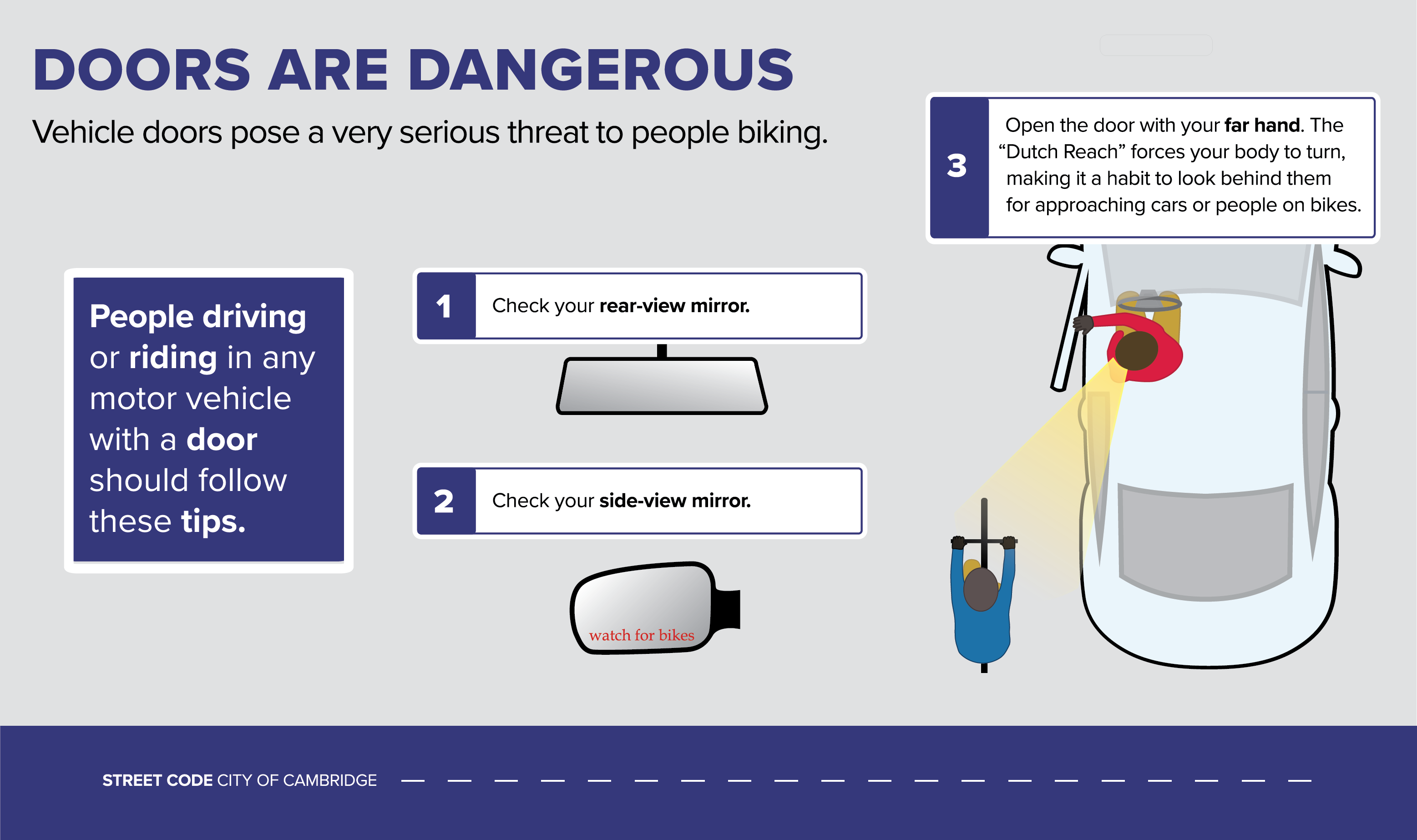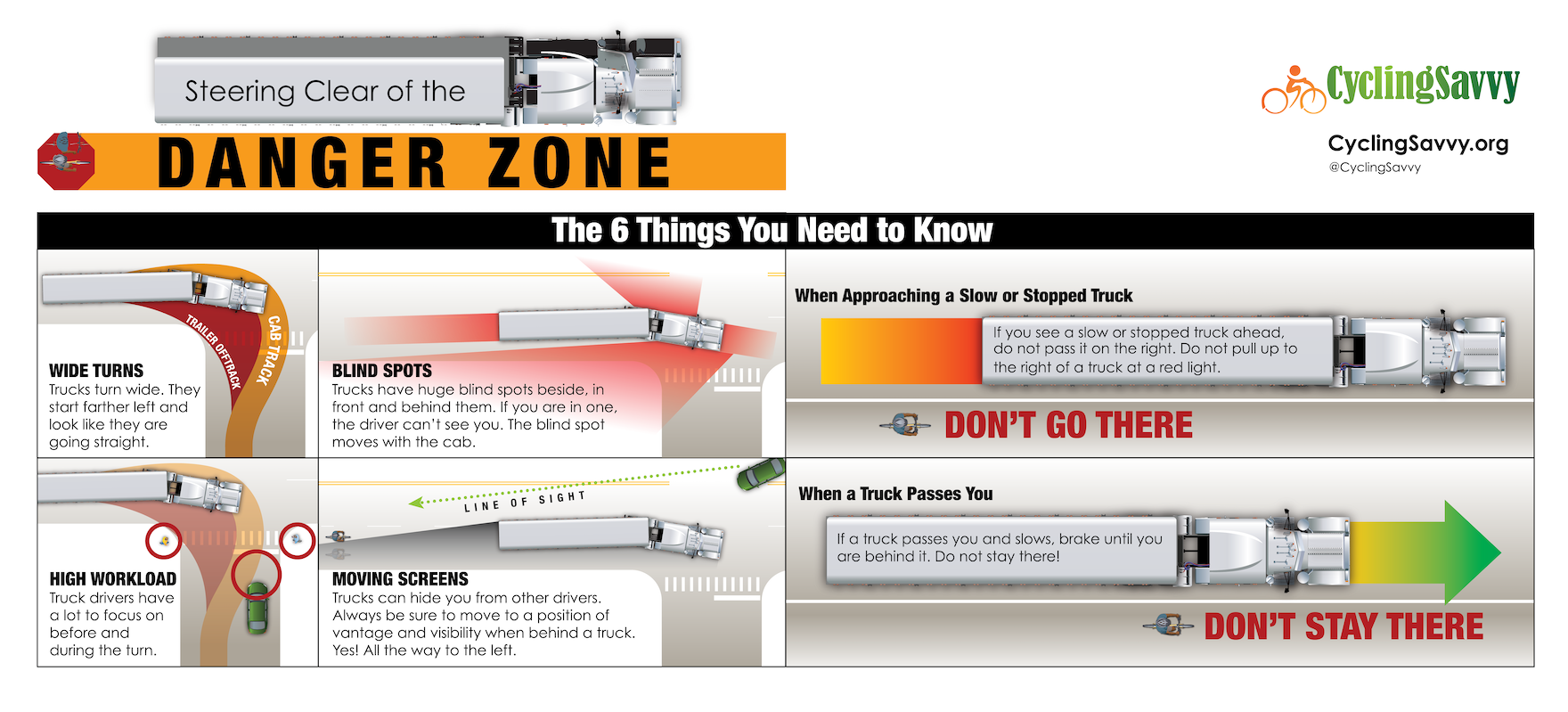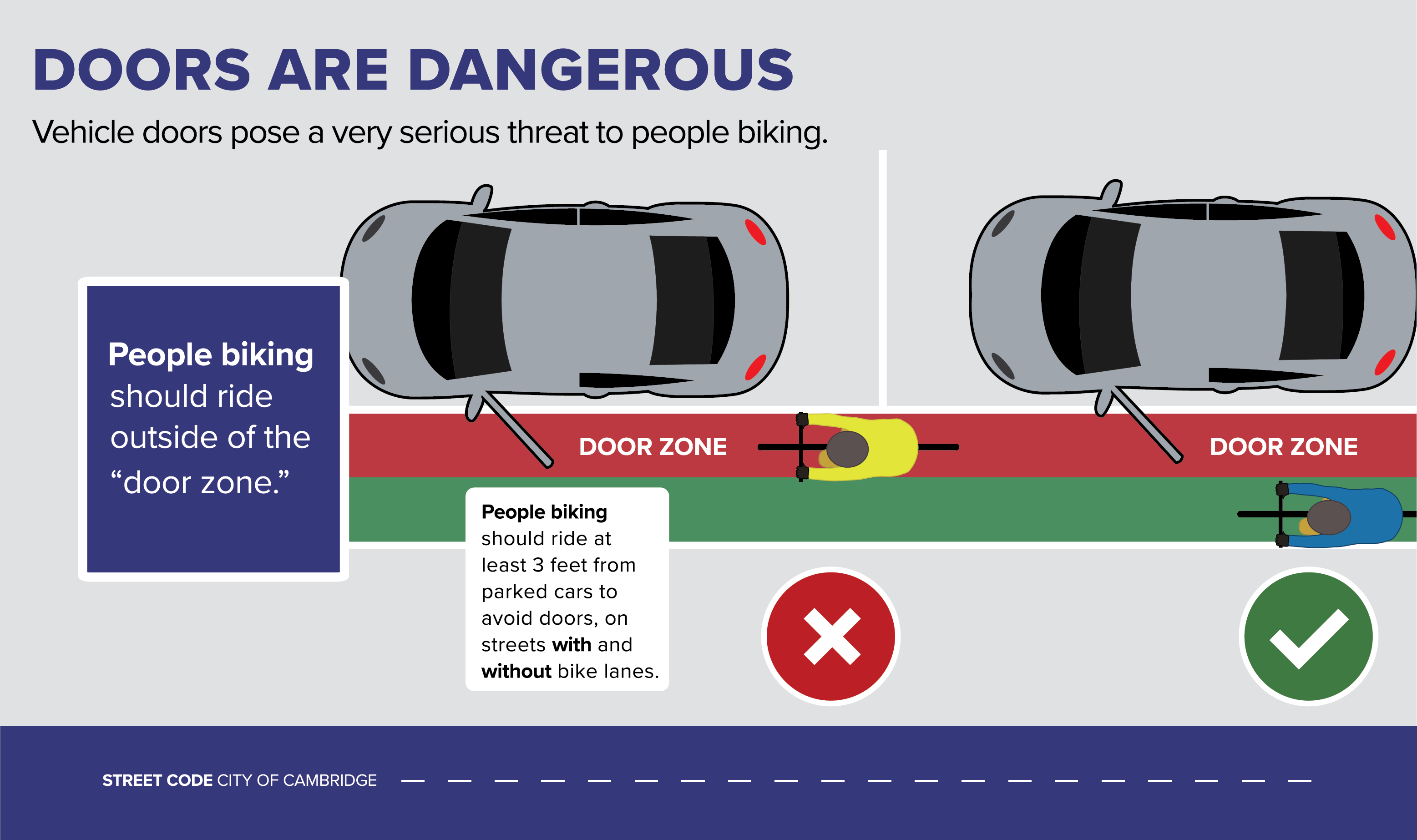- Check for PW riders and pedestrians, especially in your blind spots.
- Make eye contact with them and yield as needed.
Be Safe: Urban Street Safety Tips
Spotlight |
|
Are you Wheel Wise? |
The MIT campus is part of an urban environment that has seen a recent increase in Personal Wheels (PWs) on the roads and sidewalks alongside cars, buses, and pedestrians. Bikes, scooters, and skateboards are sustainable, alternative ways to get to work or class. Whatever your mode – walking, wheeling, or driving – please use your amazing brain to navigate our city streets carefully.
- Check out this user-friendly guide about getting there safely, created by the City of Cambridge.
- Cambridge also offers excellent quick tips and info about getting around the city by car, on Personal Wheels, and on foot.
The following safety tips include some great resources and quick tutorials to help everyone traveling through the campus and city:
Drivers
- Slow down and make your right turn behind them.
- The PW rider may be traveling faster than you realize, and a collision might result.
- At urban intersections, large vehicles like buses and trucks can block your view of oncoming PW riders.
- Be watchful to avoid a potential head-on collision.
- Move over a lane if possible.
- This is the Vulnerable Road Users Law, designed to protect (among others) PW riders and pedestrians.
- The Dutch Reach ensures that you check behind you first, and it works whether you’re on the driver’s or passenger’s side of the car.
- Check out this video for a clear illustration of how to do the Dutch Reach.

- Don’t stop, park, or travel in a bike lane with your motor vehicle.
- Stay out of the bike box at an intersection.
- Be patient; the cyclist is allowed to take this safety measure.
- Honking, arguing, or attempting to pass can create an unsafe situation.
- Use a navigation app (hands free!) if you’re unfamiliar with the area.
- Even loud music or conversation can be a dangerous distraction.
- Stay focused – your life and the lives of your fellow riders and drivers depend on it!
PW riders (bikes, scooters, etc.)
- The “bike” feature on a navigation app like Google Maps will recommend a route, and it’s usually the safest.
- Look for a route that uses bike lanes, multi-use paths, and side streets with fewer cars.
- Wear a well-made helmet that fits – every time you ride. Please protect your astonishing brain!
- Use/wear bright colors, reflective gear, and lights.
- Put flags on any trailer or cargo you are towing.
- Don’t assume you’ve been seen at intersections – try to make eye contact with drivers and avoid their blind spots.
- Make some noise! Use a bell and/or audible signals to alert or warn pedestrians and drivers.
- Check for drivers and pedestrians at the intersections.
- Make eye contact with drivers whenever possible and indicate your direction.
- Keep an eye out for bike-specific signals.
For "right hook” and “left cross” situations, remember this:
- When approaching an intersection with a bus or truck in your lane, position yourself behind and to the left of the vehicle so you will be seen by the driver as well as by any left-turning vehicles crossing the intersection.
- If you are along the right side of a truck or bus, the driver will not see you (check out the “Trucks in the Real World” video) and may inadvertently turn across your path.

- Holding the line keeps you in sight of drivers who are also turning.
- Check out this video about how to make a two-step turn.
- Use bike boxes at intersections when they are available.
- If possible, scan for people in cars who may be exiting them.
- Maintain this distance from parked cars even if you have to ride outside the bike lane.

- People may step out into the road unexpectedly and without seeing you.
- Cross straight over train or trolley tracks at a 90-degree angle (or as close as you can get) to avoid catching your tires in the tracks.
- Keep both hands on the handlebars.
- Keep distractions at a minimum.
- The City of Cambridge offers quick tips and helpful videos about using bike lanes, navigating intersections, and claiming the lane – as well as explanations about the City’s various bike lanes and signals.
- Boston offers videos and helpful tips about planning your route, where to park a PW, and how to navigate the city safely.
Pedestrians
- The city is full of side streets, parking lots, and driveways busy with cars and PW riders.
- Don’t step off the curb assuming you’ve been seen.
- Successful eye contact with drivers and riders will ensure you’ve been seen.
- Even when you’re in a crosswalk, don’t assume drivers and riders will slow down and stop for you – check to make sure.
- Drivers and riders won’t be expecting you.
- Take special care around buses and trucks; the drivers have massive blind spots.
- Don’t wander into a bike lane (note they can be on the street or the sidewalk).
- Watch out for PW riders if you need to cross the bike lane to reach a ride-share vehicle.
- Listen for audible warnings from PW riders who may be sharing the sidewalk or pathway.
- When you need to use your phone, step away from the sidewalk and/or bike lane instead of creating an obstacle for others.
- Look up and scan around, especially when crossing a street or intersection.
